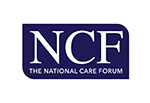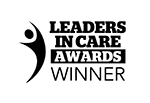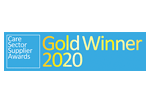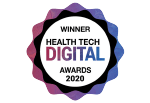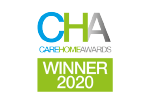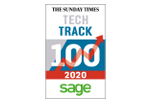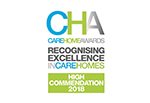Prevent falls with a full review and anticipate them before they happen
Falls and fall-related injuries are a common and serious problem for older adults living in care homes. Not only do falls represent a significant proportion of hospital admissions – falls are also estimated to cost the NHS more than £2.3 billion per year – but they also have a serious impact on the quality of life for any older adult because a fall can not only lead to serious injury or worse, but it can have lasting emotional and phycological effects. This is why regular falls risk reviews are so important for falls prevention.
The main psychological effects of falls include:
- Loss of confidence
- Anxiety and/or depression
- Fear of further falls
- Low self-esteem
- Embarrassment
- Emotional distress
- Isolation and/or lack of independence
The importance of fall reviews
These are just some of the emotional and psychological consequences of an older person experiencing a fall; it isn’t just distressing for them, but it is also distressing for their families and the staff who care for them.
And when it comes to the families of care home residents, assuring them that every possible measure is being taken to make sure falls don’t happen unnecessarily (and ideally not at all) is critical for their peace of mind and general relationship with the people to whom they have entrusted the care of the person they love.
Regular falls risk reviews are also so important because of the startling statistics behind how often falls occur for older adults; people aged 65 and older have the highest risk of falling, with 30% of people older than 65 and 50% of people older than 80 falling at least once a year.
The factors that increase falls risk
There are several factors that contribute to falls in older adults, such as a lack of fluid monitoring leading to dehydration or physical degeneration due to a lack of physical activity, but one of the major factors that put older adults at risk of falls is medication.
It’s important to consider the fact that medicines contribute to falls because older people are more likely to experience polypharmacy (being prescribed 5 or more medicines). This is very common for those living in care homes, with some studies finding that older adults living in care homes can be prescribed on average as high as 7 medicines.
The fall risk associated with polypharmacy
There are a number of medicines that are deemed ‘high-risk’ when it comes to falls in older adults because side effects include drowsiness, slow reactions, impaired balance, and others.
These include:
- Sedatives
- Antidepressants
- Antipsychotics
- Anti-epileptics
- Opioids
- Parkinson’s disease medicines
- Antihypertensives
- Diuretics
- Anti-anginals
- Beta-blockers
It’s not uncommon for an older person living in a care home to be prescribed a number of different medications such as these that all come with the side effects mentioned above, so taking every step possible to assess and find ways to narrow down medications if possible is key to preventing falls.
How to assess and manage falls risk
While being at a higher risk of falls and injuries relating to falls is unfortunately just a part of getting older due to a natural degeneration in mobility and balance that often comes with age, studies still show that a large portion of falls are nonetheless preventable.
In order to identify what the risks are for falls and where they exist within a care home setting, and therefore develop an effective strategy for falls prevention, several factors need to be considered for both the environment itself and the residents living within. The best way to eliminate preventable falls is to examine the risk factors for an individual person and where possible, either try to remove them or find a way to mediate them.
For example, we have already discussed that polypharmacy is a high-risk factor when it comes to falls in older adults; the proper monitoring of medicines, such as the real-time data provided by ATLAS eMAR on dosage, timing, medicine type and effect, as well as increased communication and integration between care homes and pharmacies, could potentially lead to a reduction or alteration of some medications or possibly even eliminate medications that aren’t deemed necessary.
Other factors for managing falls risk include:
Staying active
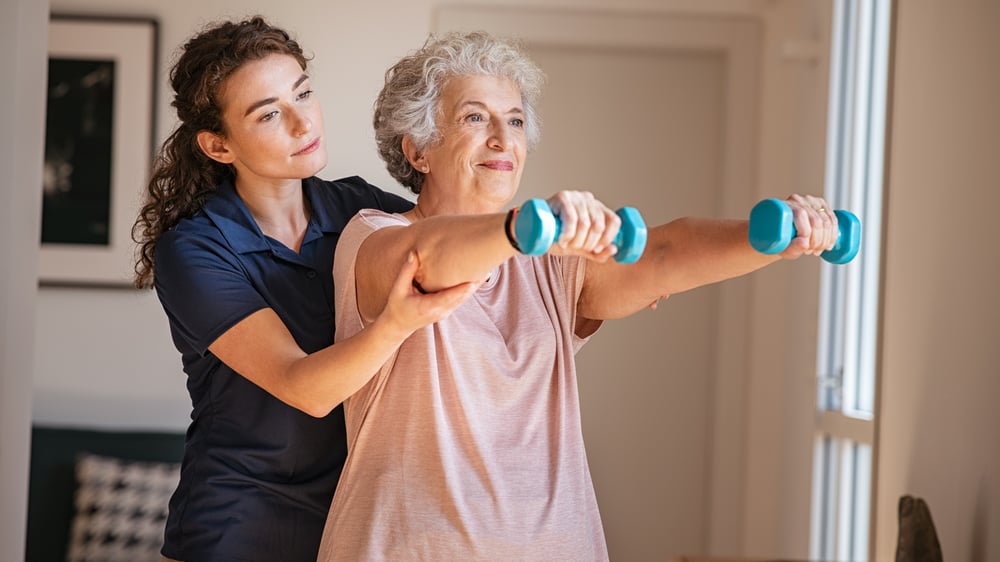
Maintaining a healthy diet

While it can be common that a person’s appetite tends to decrease with age, ensuring that care home residents get a healthy, balanced diet is essential not just for overall health, but it can also keep the immune system strong, it can keep energy stores topped up and it can reduce the risk of falls due to a lack of nutritious food.
Fluid levels

It is also important to ensure that care home residents are maintaining proper fluid levels to prevent dehydration or side effects of medications.
Environment
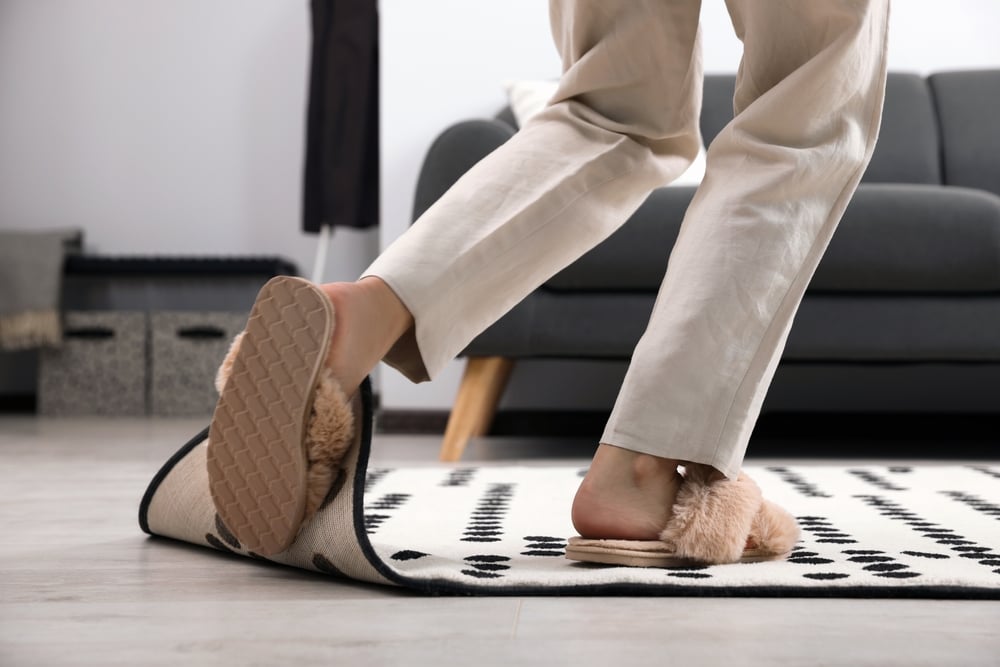
There are many ways that care home staff can ensure, through a comprehensive falls review, that they can reduce the risk of falls by promoting the topics mentioned above, but what is equally as important is ensuring that the home itself is free of any hazards.
For example, rugs and mats that sit on or at the bottom of stairs can easily be a fall risk, small steps in and out of doors that could be missed without adequate lighting or notices, or trailing wires from radios, night lights or TV stations that could pose a fall risk. These are just a few examples, so it is important to conduct a thorough survey of the home as part of the falls review to ensure no hazards are present that could lead to preventable falls.
Whether it is reducing polypharmacy through better and more efficient medication management with ATLAS eMAR, ensuring appropriate nutrition and fluid intake and maintaining a higher standard and volume of care notes with mCare or helping care home residents to stay fit, strong and healthy through activities with Oomph! On-Demand, Person Centred Software’s Connected Care Platform is the only all-in-one, integrated platform that can be used to address all of these challenges to tackle the many risks that lead to falls in care homes.
Click here to find out more about Person Centred Software’s Connected Care Platform

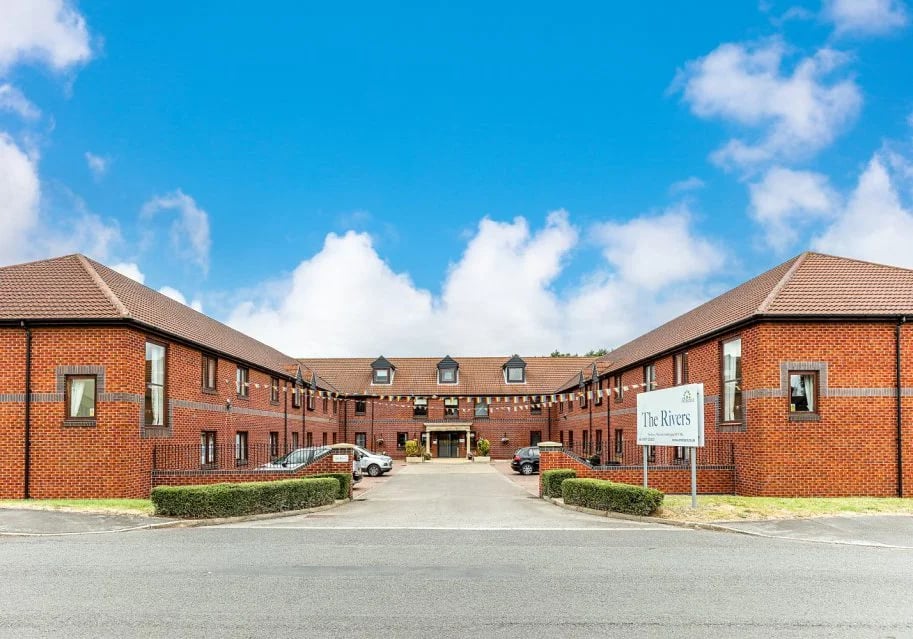
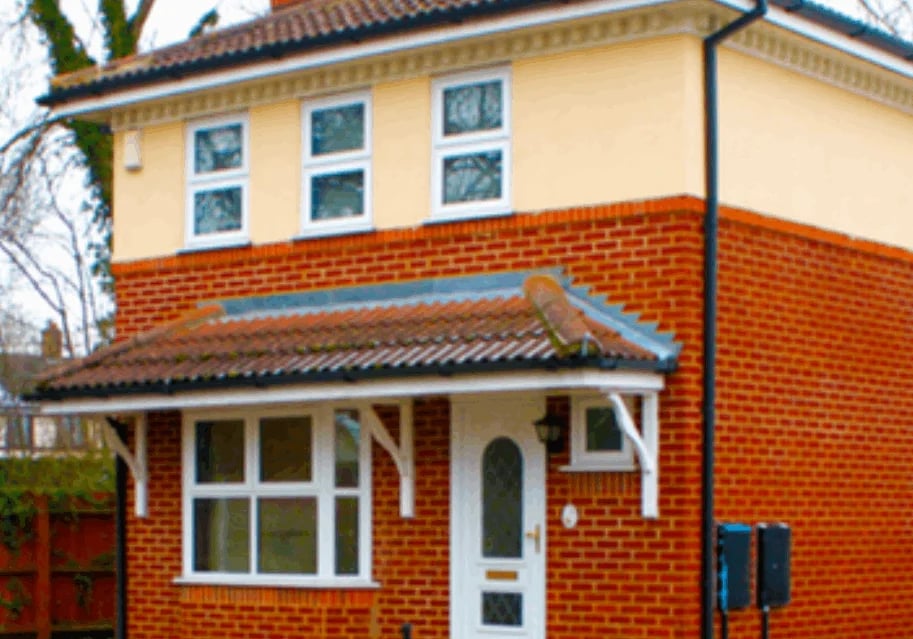

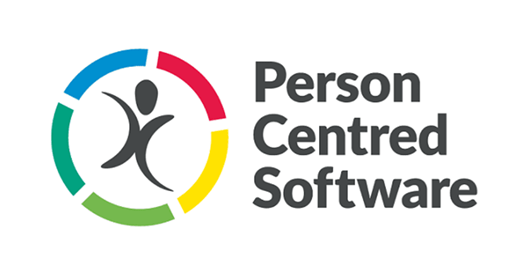
.jpg)
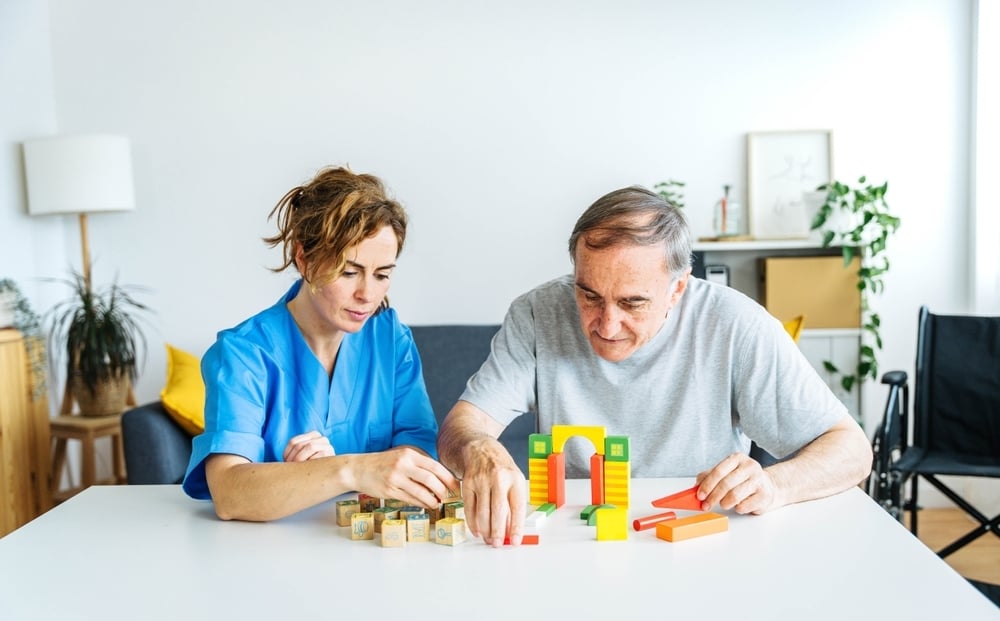
.webp?width=80&height=80&name=HTD%20Awards%202023%20Badge%20(4).webp)




